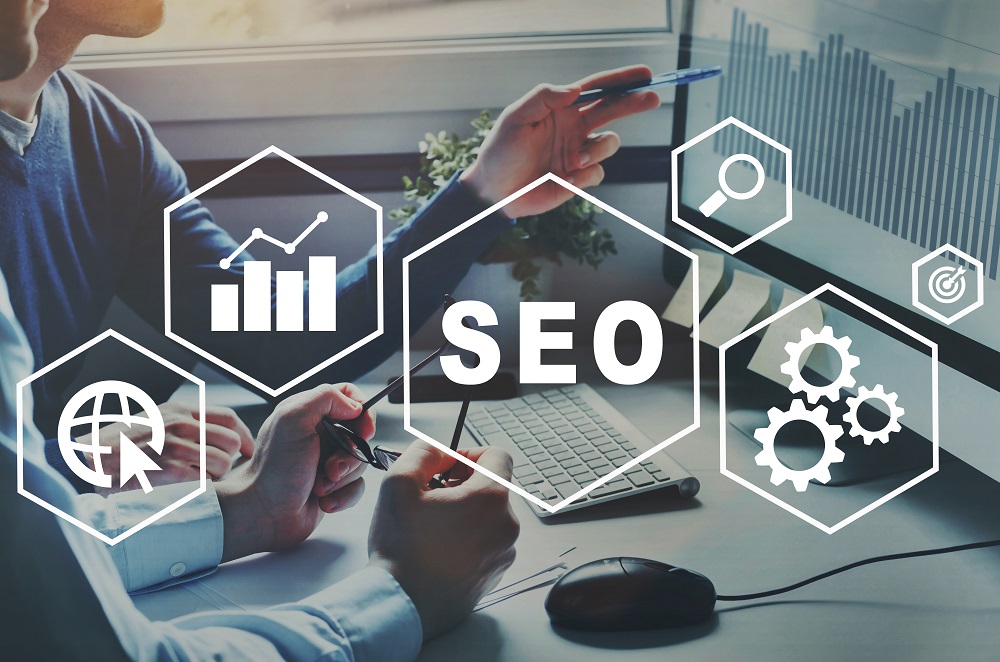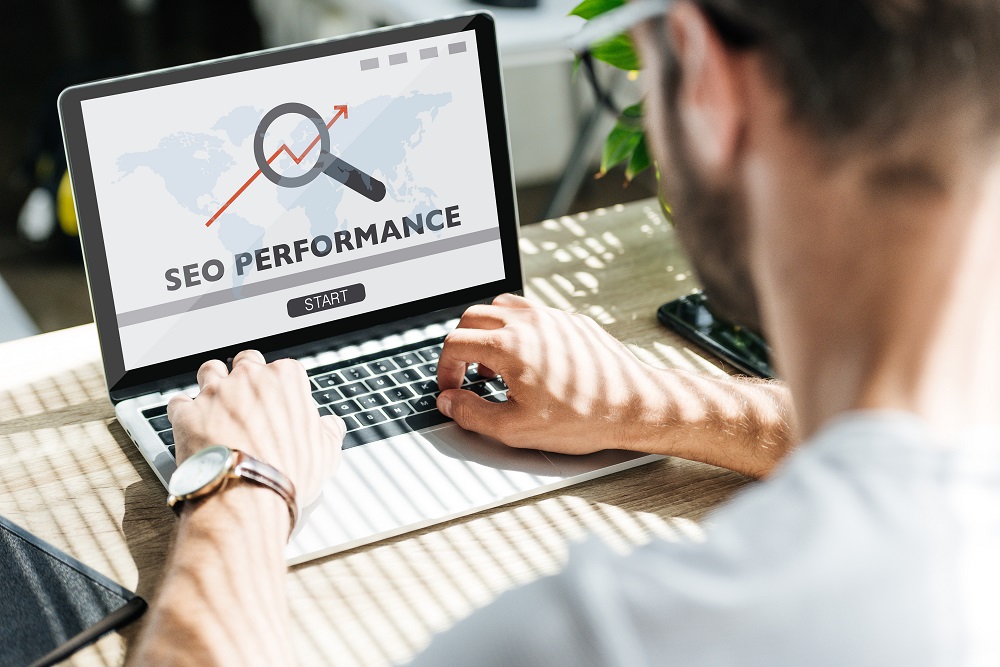
SEO Search Engine Optimization concept, ranking traffic on website, internet technology for business company
Over the past few decades, the online marketing landscape has shifted dramatically. No longer can businesses rely on a single marketing channel to bring in new customers. Instead, they must adopt a holistic approach that considers the different ways potential customers might find them online, thanks to SEO.
Many different factors go into SEO, but it boils down to six key components at its core. They include:
1. Link Building
Link building is one of the integral components of a holistic SEO plan, as explained at https://linkflow.ai/ and similar sites. It involves acquiring hyperlinks from other websites to your own. The purpose of link building is to increase the authority and credibility of your website in the eyes of search engines. It results in higher rankings on search engine results pages (SERPs). There are many different tactics to build links, but all methods share one common goal: to boost the visibility and ranking of your site.
Link building is not a new concept. It has been around since the early days of the World Wide Web. However, as SEO has evolved, so has the practice of link building.
In the past, link builders would add their website’s URL to as many directories and web pages as possible. However, today’s link builders must be much more strategic in their approach. Search engines now penalize websites that engage in ‘link spamming,’ so it’s essential to focus on quality over quantity when building links.
2. On-Page Optimization

Back view of a developer using a laptop with SEO performance and world map
After you have completed your keyword research, it’s time to optimize your website for those terms. This process is known as on-page optimization. It’s the process of making your website and content as search engine friendly as possible.
Many different elements go into on-page optimization, but some of the most important include:
- Title Tags: The title tag remains one of the most important elements of on-page optimization. When your website appears, this text displays in the search engine results pages (SERPs). It should be descriptive and contain your target keyword.
- Meta Descriptions: The meta description summarizes your website or page that appears in SERPs. Like title tags, meta descriptions should be descriptive and contain your target keyword.
- Headings: Headings help break up your content and make it easier to read. They also help search engines understand the structure of your content.
3. Keyword Research
One major digital marketing division is Search Engine Marketing (SEM), a technique covering both SEO and Pay-Per-Click (PPC).
The first step of any SEM campaign is keyword research. To be successful, you must identify the right keywords to target. It involves understanding your audience and what they are searching for online. Once you have identified the right keywords, you can optimize your website and content for those terms.
4. Off-Page Optimization
Off-page optimization involves optimizing your website for factors not directly under your control. These include things like social media signals, backlinks, and brand mentions.
While you can’t directly control these factors, there are still many things you can do to influence them. For example, you can encourage others to share your content on social media or reach out to bloggers and influencers in your industry to get them to link to your website.
5. Content Creation
SEO is a complicated and ever-evolving field, but one thing has always remained constant: quality content is essential for any successful SEO campaign.
Content creation involves more than simply writing articles or blog posts; it also includes developing video content, infographics, whitepapers, and more. The goal of all the content is to provide value for users and help answer their questions.
It can lead to increased organic traffic and improved search engine rankings. Furthermore, quality content can help build trust and authority with potential customers, leading to more conversions and sales.
6. User Experience
User experience can be a pure design concern, but it’s also an essential ranking factor for SEO. Google has stated that they use several factors in its algorithm to evaluate the quality of a user’s experience on a website, including its mobile-friendliness, loading speed, and overall interactivity.
In other words, a website that provides a great user experience is more likely to rank higher in search results than a site that’s difficult to use or slow to load. It means that UX should be an integral part of any holistic SEO strategy.
By making an easy-to-navigate site and ensuring that your content loads quickly, you can boost your chances of ranking well in search results while providing a better user experience.
Conclusion
While there are many different components to a holistic SEO strategy, these six are some of the most important. By focusing on keyword research, on-page optimization, off-page optimization, content creation, and user experience, you can create a successful campaign that will help you achieve your desired results. So, ensure to incorporate them into your SEO marketing campaign.

